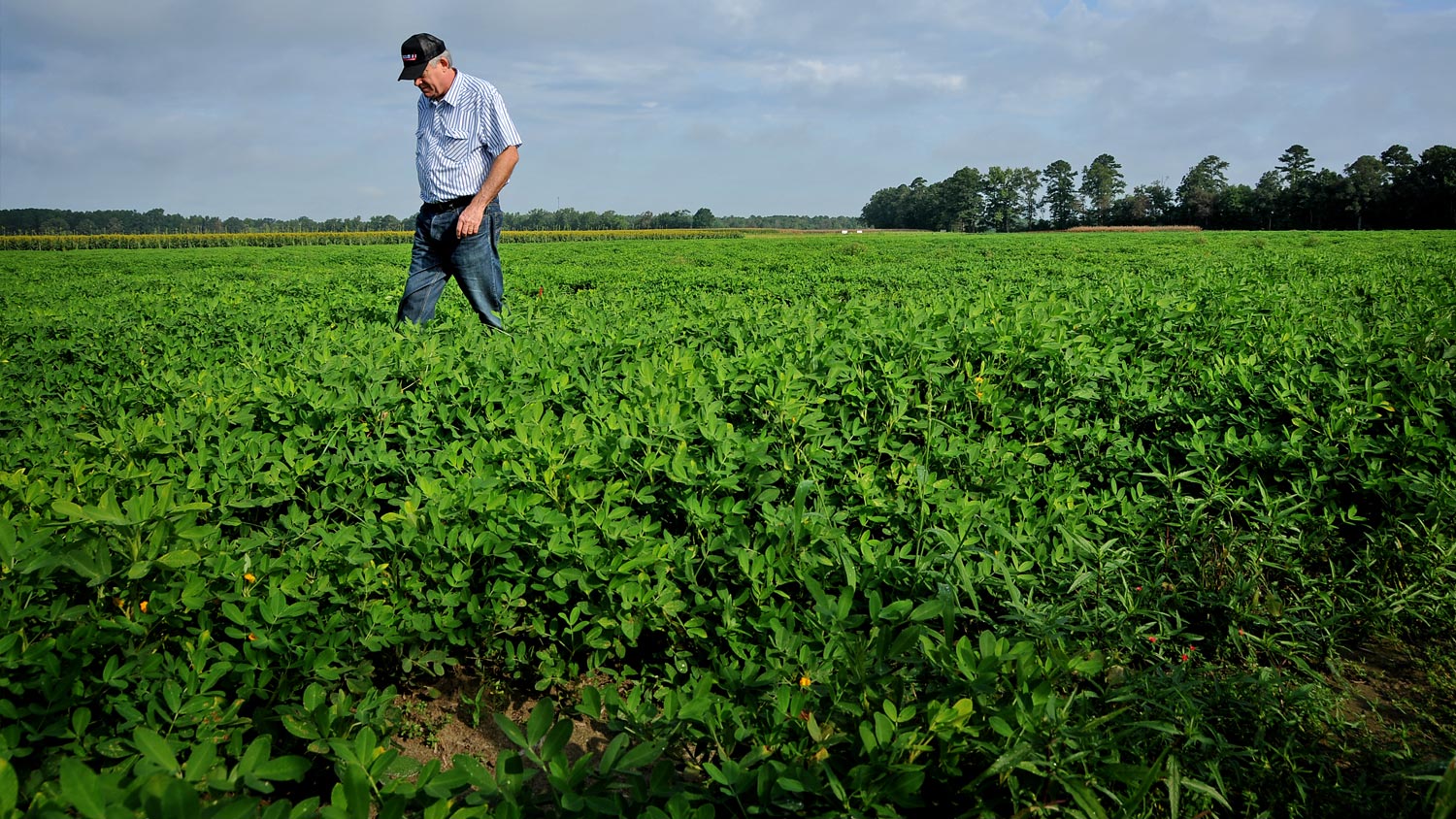You Decide: What can we learn from the 1970s’ gas crisis?

Dr. Mike Walden
North Carolina Cooperative Extension
Two important events happened in my life 40 years ago. I met my future wife. And I was an unwilling participant of the decade’s gas crisis.
The first event went well – my wife and I have been married for 36 years. While the second event – the gas crisis – wasn’t fun at the time, it has provided some lessons for how public policy makers respond to shortages in key commodities, like gasoline.
The gas crisis of the 1970s was prompted by two events, a war between Israel and surrounding Arab countries and the Iranian Revolution, both of which resulted in serious cuts in the supplies of oil from the Middle East. During the Arab-Israeli War, the Saudis tightened the oil spigot to particularly protest the United States’ supply of military equipment to Israel. Likewise, American support for the overthrown Shah of Iran led to retaliation by the new Iranian government in the form of reduced oil sales.
The 1970s was also a time when U.S. oil production was declining. So the combination of reduced oil imports from the Middle East and lower domestic oil production meant the available supplies of gasoline – which, of course, is derived from oil – fell substantially in the country. In short, there just wasn’t gasoline to fuel the amount of driving people wanted to do.
At the highest levels in two presidential administrations (Ford and Carter) there was an intense debate about how to respond. One side wanted to limit the increase in gas prices and directly ration limited gas supplies to customers. The opposing side favored letting gas prices rise, arguing the increase would naturally reduce gas buying but also boost the incentive for more domestic production.
At the time this was more than an academic debate. The anger over gas shortages actually became ugly and dangerous. Fights broke out between customers at gas pumps as lines of cars waiting to fill up stretched for blocks. Gas stations hired armed guards to protect themselves against unhappy drivers. Truckers blocked interstate highways to protest the gas situation. There was real concern the economy would simply shut down.
The first policy response was the option of price and supply controls. Federal regulators limited the price increases of oil produced by domestic drillers. At the same time the government directly allocated gasoline supplies to different regions of the country. At the pump, this resulted in the odd-even gas buying system. Drivers with license plates ending in an even number could purchase gas on Monday, Wednesday and Friday, while those with a plate ending in an odd number were limited to buying on Tuesday, Thursday and Saturday. No one could fill their tanks on Sunday. (Incidentally, “0” was considered an even number.)
But this response didn’t satisfy everyone. The inability to purchase gas when you wanted to frustrated people. Truck drivers in some regions of the country complained that other regions were allocated too much gas, and they claimed political influence was determining supplies. Domestic oil producers said prices were still too low to motivate more drilling and more oil production. In short, virtually nobody was happy.
Ultimately the second policy response won out. Price controls on oil and other energy sources were lifted and the regional allocations dismantled. Fortunately this policy shift corresponded to the end of the oil embargoes from the Middle East, so supplies of oil also increased. Gas prices at the pump – adjusted for inflation – fell by 60 percent from 1980 to 2000.
However, domestic oil production still dropped until the mid-2000s, mostly because the oil fields reached by conventional means were drying up. But with world oil prices rising again in the 2000s as consumption by China and other developing countries surged, U.S. drillers knew they could make good profits if they could only find more oil. They hit the jackpot when new access techniques, like horizontal drilling and hydraulic fracturing, allowed them to reach new pools of oil.
In 2015, U.S. oil production was just a few barrels short of establishing an all-time new output record. The increased supply caused gas prices to tumble to – at their low – under $2 a gallon.
So what are the lessons from this story? I think there are three. First, the “laws” of economics can’t be overcome. One of these laws says that when something becomes scarcer – as when oil supplies drop – that product becomes more valuable – meaning its price rises.
The second lesson flows from the first. If public policy prevents the price of a scarcer product from rising, a shortage will occur. In economics, this means people want to purchase more units (gallons of gasoline) of the product than are available. So public policy will have to couple a price cap with governmental rationing of the product.
And, third, if public policy prevents the price of a scarcer product from rising, it reduces the incentive for producers to make more of the product and ultimately eliminate the shortage.
We learned these lessons from the gas crisis of the 1970s. Are they lessons to remember? You decide!
—30—
Dr. Mike Walden is a William Neal Reynolds Distinguished Professor and North Carolina Cooperative Extension economist in the Department of Agricultural and Resource Economics of North Carolina State University’s College of Agriculture and Life Sciences. He teaches and writes on personal finance, economic outlook and public policy. The College of Agriculture and Life Sciences communications unit provides his You Decide column every two weeks.
Previous columns are available at http://www.cals.ncsu.edu/agcomm/news-center/tag/you-decide
Related audio files are at http://www.cals.ncsu.edu/agcomm/news-center/category/economic-perspective
- Categories:

